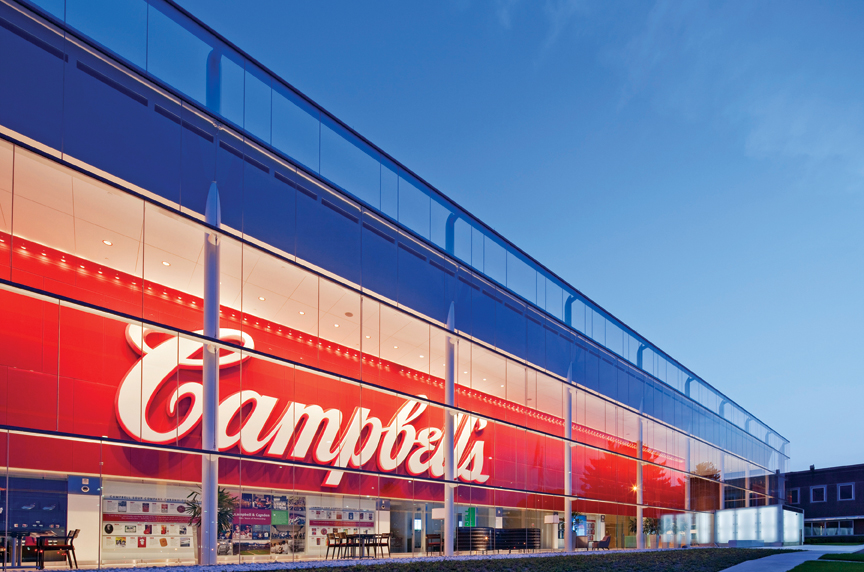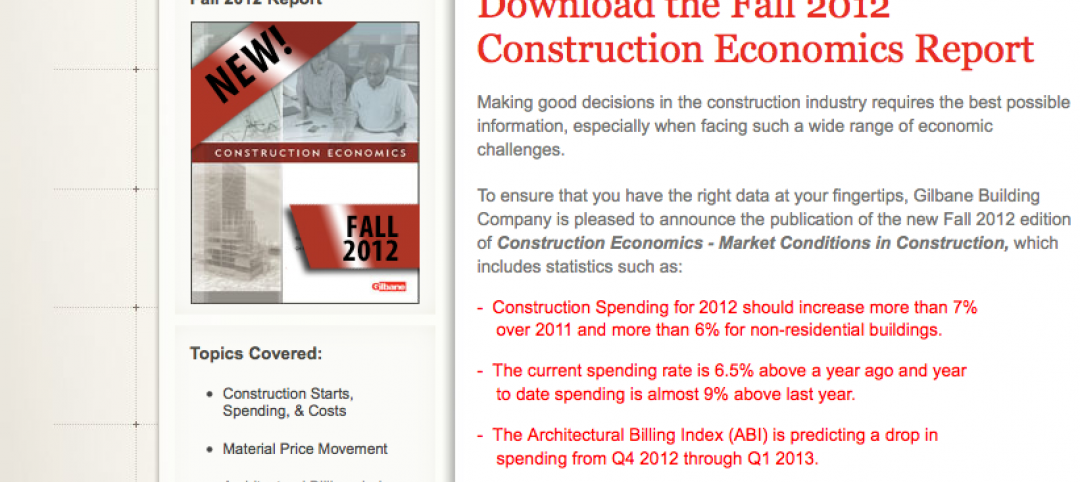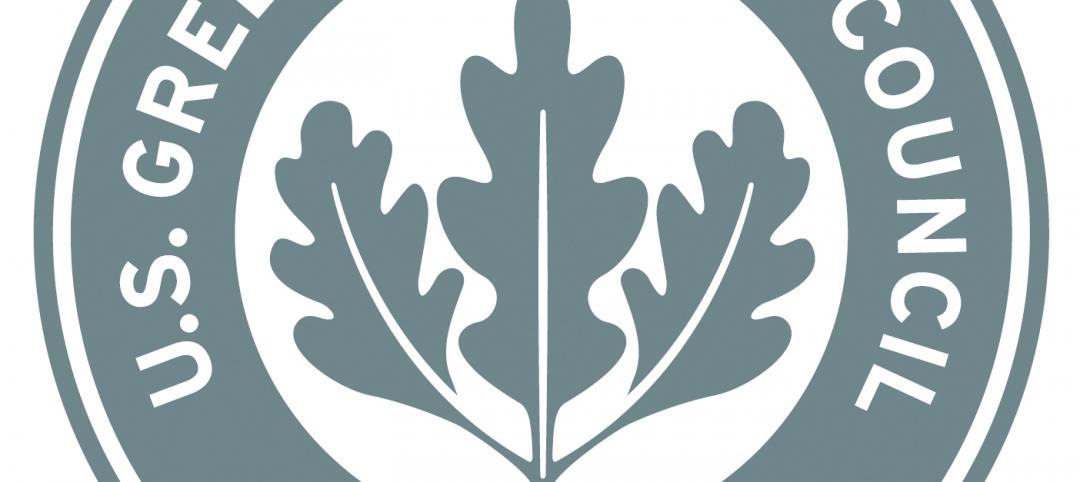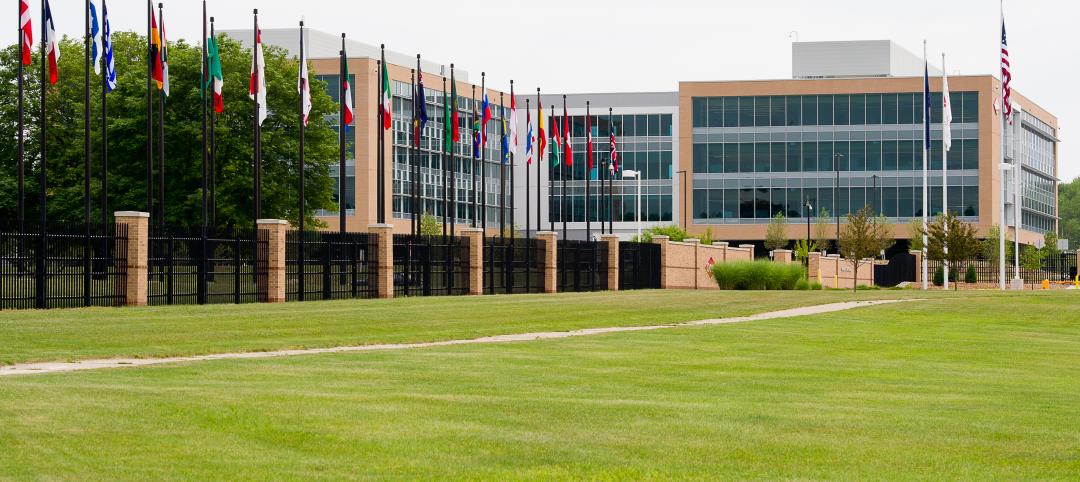It’s logical to believe that the quality of your client service sets you apart. Your firm—like all other professional services firms—sells services, and your fees are based on the time it takes to provide those services. But offering good services is just the baseline, not the end game; services are merely the instruments needed to develop, design and build great projects. To build your influence and attract more clients, it’s time to drop the emphasis on services and start to focus on outcomes.
What Are Outcomes, and How Do You Measure Them?
You can easily quantify outcomes by running the numbers; for example, how many people attended a cultural venue you designed, how many new students applied to a school, or what version of LEED certification you were able to achieve for a client.
On the other hand, qualitative results—such as user comfort or even social justice—are more difficult to measure. James Timberlake, founding partner of KieranTimberlake, a Philadelphia-based architecture firm, explains that the firm set out to make a “transformational” project when it designed the US Embassy in London. While it’s hard to quantify “transformation” or “design excellence” and much easier to measure the performance of the building’s EFTE paneled-façade, many would call the building a critical success, as it’s won multiple design awards and received wide media coverage.
The effects of a project can also be unexpected. Chris Torres, founding principal at Agency Artifact, a Los Angeles-based urban planning and landscape architecture firm, achieved a “happy accident” during his work on the Compton Hub City Masterplan (at his previous firm, Superadjacent). To increase local participation in the planning process, Torres cooperated with a local pastor to gather 1,000 residents for a public workshop after church. While Torres celebrates this input as a great result of the project, he says that “boosting public participation is not a typical metric in a service-based approach, but it is vital to reaching the outcomes our clients ultimately desire.”
While single projects can have an impact, they’re only individual pieces of a collective puzzle that can be harder and harder to solve. Already, architects like Timberlake are changing the conversation to infuse their projects with big ideas that have nothing to do with program, cost, or schedule—although those guardrails are necessary to keep projects on track. Describing the firm’s Park at Penn’s Landing project, a new public park along the Delaware River, Timberlake describes how “equity will be part of conversation about public realm,” along with goals like “scale, warmth, and broad appeal.”
However you measure a project’s end results, outcome-based thinking—and doing!—are
increasingly urgent as the industry is forced to confront new challenges at an unmatched scale (extreme heat, wildfires, rising sea levels) and complexity (pandemics, public health, homelessness). The stakes are highest for problems of local and national magnitude: anything from future-proofing cities for resilience to providing affordable housing for all.
Savvy clients are also changing the procurement process to chip away at these critical issues. Ashley Hand, director of strategic communications at Unified Government of Wyandotte County and Kansas City, Kansas, explains that “we are rethinking how [we] scope projects to make sure they are solving the right problem,” with private and public sectors collaborating. Hand is redefining project scopes and contractual relationships to measure the human experience (“how do you measure ‘transportation happiness?’” she asks rhetorically) as well as the empirical facts.
Shifting Your Mindset
Recalibrating your thinking towards outcomes means adopting a different kind of mindset that leaps beyond delivering project features (size, program components, materials) to producing results—such as increasing your clients’ ROI, reducing their energy use, or improving the tenant experience. “We’re not just delivering the next building to a client,” explains Matt Noblett, partner in Behnisch Architekten’s Boston office, an international architecture firm that also has offices in Stuttgart and Munich. “We’re figuring out how it fits into a bigger undertaking, such as sustainability and performance.”
According to Russell Fortmeyer, associate principal in the Los Angeles office of international engineering firm Arup, many mechanical engineers talk about how they’re going to get permits, but they don’t talk about how to help clients with their businesses. “We test options that help clients understand their energy and operational costs, so we can consistently deliver an outcomes-based approach to repeat clients,” he says.
By foregrounding great results (rather than, say, fees), firms transcend the transactional nature of the business relationship, shifting the conversation from spreadsheets to strategies. “Services are a race to the bottom; you become a commodity,” quips Torres. But Torres also recognizes that it’s easy to fall into the services trap. He states that “it’s not always a linear process to get to outcomes. It’s more challenging and it also requires more time to see results.”
Additionally, talking about big-picture solutions can help firms bridge the educational divide that often separates professionals from their clients, connecting AEC experts with owners and users in a more positive way. Architect Alan Metcalfe, principal and founder of Metcalfe, an experience design firm in Philadelphia, explains that “we are selling experiences, not a roof that doesn’t leak. Our clients don’t necessarily know what our services mean. But when we talk about warm, welcoming places—that’s the kind of language that resonates with them.”
In most cases, though, it takes a like-minded client to join you: Either you have the client at “hello” or you don’t. Noblett says that it’s “ideal to find a client matchup that is appropriate right at beginning.” Even though Behnisch’s award-winning projects for Portland State University and the University of Baltimore were public procurement projects, they “were driven by Presidents who were strong leaders with a vision. They viewed their projects as their personal legacies and also wanted to make a fundamental impact on the quality of life for students and faculty,” according to Noblett.
Resetting Your Vision
Some firms have always concentrated on the end product, while other firms have used the pandemic as an opportunity to reset their practices, beginning with their marketing strategies. Over the past couple of years, global cost consulting firm Rider Levett Bucknall (RLB) transitioned its strategy for providing integrated services in North America, pivoting away from service lines (project management, cost consulting, and expert testimony) to focus on a results-based approach.
For example, a university client wanted RLB to corroborate its theory that an outdated building was past its useful life. RLB conducted a proprietary “RElifing” study and concluded that the building should be torn down in five to ten years. In the meantime, RLB recommended that small fixes could extend the life of the structure just long enough for a new facility to be built. By showing the client how to use one of its physical assets to their greatest advantage, RLB delivered the outcome that the client wanted—and more.
It can take time to get your team up to speed. While the firm launched a plan for shifting its operational framework in 2019, it was in 2020 that the RLB leadership organized training sessions with its staff so they could speak confidently about the value of different perspectives. Ultimately, explains Julian Anderson, president of RLB North America, “You need to figure out the outcome before you figure out what the services will be required to get to that outcome.”
One Size Doesn’t Fit All
Firms can win new projects and get better results by showing clients how their buildings will perform over time. For example, Metcalfe took the leaders of the Solebury School through his firm’s design process during the final interview for a project. To engage the client, the team made puzzle pieces representing the program components and backed them with Velcro so they could be shuffled around on a board. As the head of the school got up and interacted with the team during Metcalfe’s presentation, he could imagine real outcomes. Metcalfe got the job, beating 16 other firms for the win.
Outcomes-based thinking is oriented towards the big picture, not specific activities. Erik Olsen, managing partner of the New York office of Transsolar KlimaEngineering, says that the firm doesn’t sell energy model studies to its clients who want to attain a goal like net zero; instead, clients give Transsolar’s experts the leeway to use their knowledge in the interest of getting results. Transsolar consults on passive and low-energy buildings out of its New York, Stuttgart, Munich and Paris offices. Similarly, Torres seeks clients that will give him “more agency as a designer to create a roadmap of design and spatial thinking,” than may be baked into a typical scope.
Olsen admits that it depends on your audience. “If [the client] wants a good project, and can be flexible, it can work. But it’s hard if they want to follow a rulebook,” noting that developers are not always in sync with this process. Torres, who works within ecological frameworks, is more philosophical. Clients may not understand “the inherent value that natural environments can bring to their projects for generations to come,” he says.
Whereas some owners might fear that an outcomes-based process may be risky, stakeholders may embrace a focus on the big picture rather than the details. “Some clients focus exclusively on the fee, risk-free delivery, cost, and schedule,” says Noblett. “But users may care a lot about what the building means, and other stakeholders may have input” that positively affects the selection process—and, ultimately, the project.
When Agency Artifact won on a 50-acre master plan for a mixed-use district in Los Angeles, it did so by looking beyond the entitlements to focus on innovation as well as “resilient infrastructure and community equity to deliver a new form of residential living in Southern California. We…need to address all three of these issues to build the communities of the 21st century,” says Torres.
A Final Word
At the end of the day, the question remains: does focusing on results help firms get more work? Behnisch orients its business development efforts towards clients that embrace results, admitting that it takes more time and work “presenting, negotiating, and cajoling,” according to Noblett. It “becomes a decision about the kind of work we are proud to be associated with, and known for,” he says.
Fortmeyer estimates that Arup wins 60 to 80 percent of its interviews. He further explains that the overall ratio of wins to losses is probably less, because the firm doesn’t always make it to the interview stage. Still, he is convinced that, above and beyond the proposal, “it’s a big benefit when we can talk directly to clients about modeled and energy cost savings and carbon reduction.” According to Torres, Agency Artifact has been quite successful when it has the opportunity to re-write the project scope. Olsen says, optimistically, that “increased owner awareness is definitely accelerating the number of requests we get.”
In the final analysis, however, one of the benefits of an outcomes-based approach is that high-level results can endure far beyond the kickoff-to-completion milestones that normally bookend a project. It’s not just one and done. Timberlake emphasizes that “we’re not walking away after a project is finished. And, for us, it’s not just about getting the project into the design magazines. The primary goal is beauty, and performance comes along with that, as do things like equity, purpose, contribution to the environment, and—ultimately—impact.”
Related Stories
| Oct 5, 2012
2012 Reconstruction Award Silver Winner: Residences at the John Marshall, Richmond, Va.
In April 2010, the Building Team of Rule Joy Trammell + Rubio, Stanley D. Lindsey & Associates, Leppard Johnson & Associates, and Choate Interior Construction restored the 16-story, 310,537-sf building into the Residences at the John Marshall, a new mixed-use facility offering apartments, street-level retail, a catering kitchen, and two restored ballrooms.
| Oct 4, 2012
2012 Reconstruction Awards Silver Winner: Allen Theatre at PlayhouseSquare, Cleveland, Ohio
The $30 million project resulted in three new theatres in the existing 81,500-sf space and a 44,000-sf contiguous addition: the Allen Theatre, the Second Stage, and the Helen Rosenfeld Lewis Bialosky Lab Theatre.
| Oct 4, 2012
2012 Reconstruction Awards Gold Winner: Wake Forest Biotech Place, Winston-Salem, N.C.
Reconstruction centered on Building 91.1, a historic (1937) five-story former machine shop, with its distinctive façade of glass blocks, many of which were damaged. The Building Team repointed, relocated, or replaced 65,869 glass blocks.
| Oct 4, 2012
2012 Reconstruction Award Platinum Winner: Building 1500, Naval Air Station Pensacola Pensacola, Fla.
The Building Team, led by local firms Caldwell Associates Architects and Greenhut Construction, had to tackle several difficult problems to make the historic building meet current Defense Department standards having to do with anti-terrorism, force protection, blast-proofing, and progressive collapse.
| Oct 4, 2012
2012 Reconstruction Awards Platinum Winner: City Hall, New York, N.Y.
New York's City Hall last received a major renovation nearly a century ago. Four years ago, a Building Team led by construction manager Hill International took on the monumental task of restoring City Hall for another couple of hundred years of active service.
| Oct 4, 2012
BD+C's 29th Annual Reconstruction Awards
Presenting 11 projects that represent the best efforts of distinguished Building Teams in historic preservation, adaptive reuse, and renovation and addition projects.
| Oct 4, 2012
Integrated security systems—replacing legacy systems
To a large degree, building security is driven by the integration of a variety of electronic security systems. The market and engineering of these systems exploded in the post-9/11 era and has shown few signs of tapering off.
| Oct 4, 2012
Gilbane publishes Fall 2012 construction industry economic report
Report outlines fluctuation in construction spending; predicts continued movement toward recovery.
| Oct 3, 2012
Fifth public comment period now open for update to USGBC's LEED Green Building Program
LEED v4 drafts and the public comment tool are now available on the newly re-launched, re-envisioned USGBC.org website.
| Oct 2, 2012
Dow Business Services Center building named 2012 “America’s Best Buildings of the Year” winner
Building constructed with air sealing and insulation products from Dow Building Solutions.
















